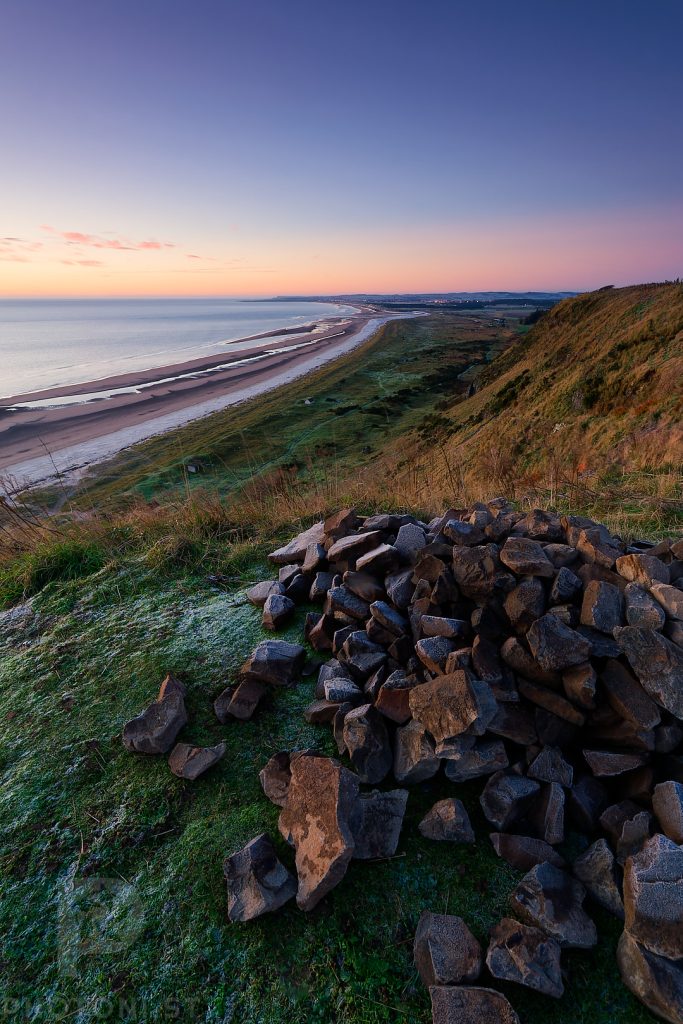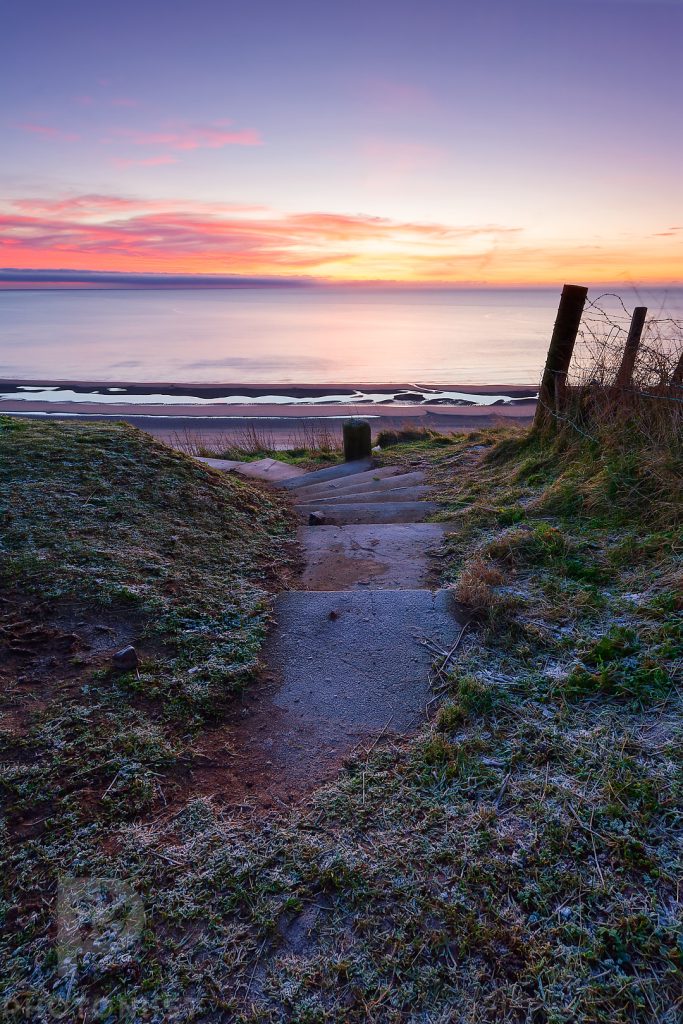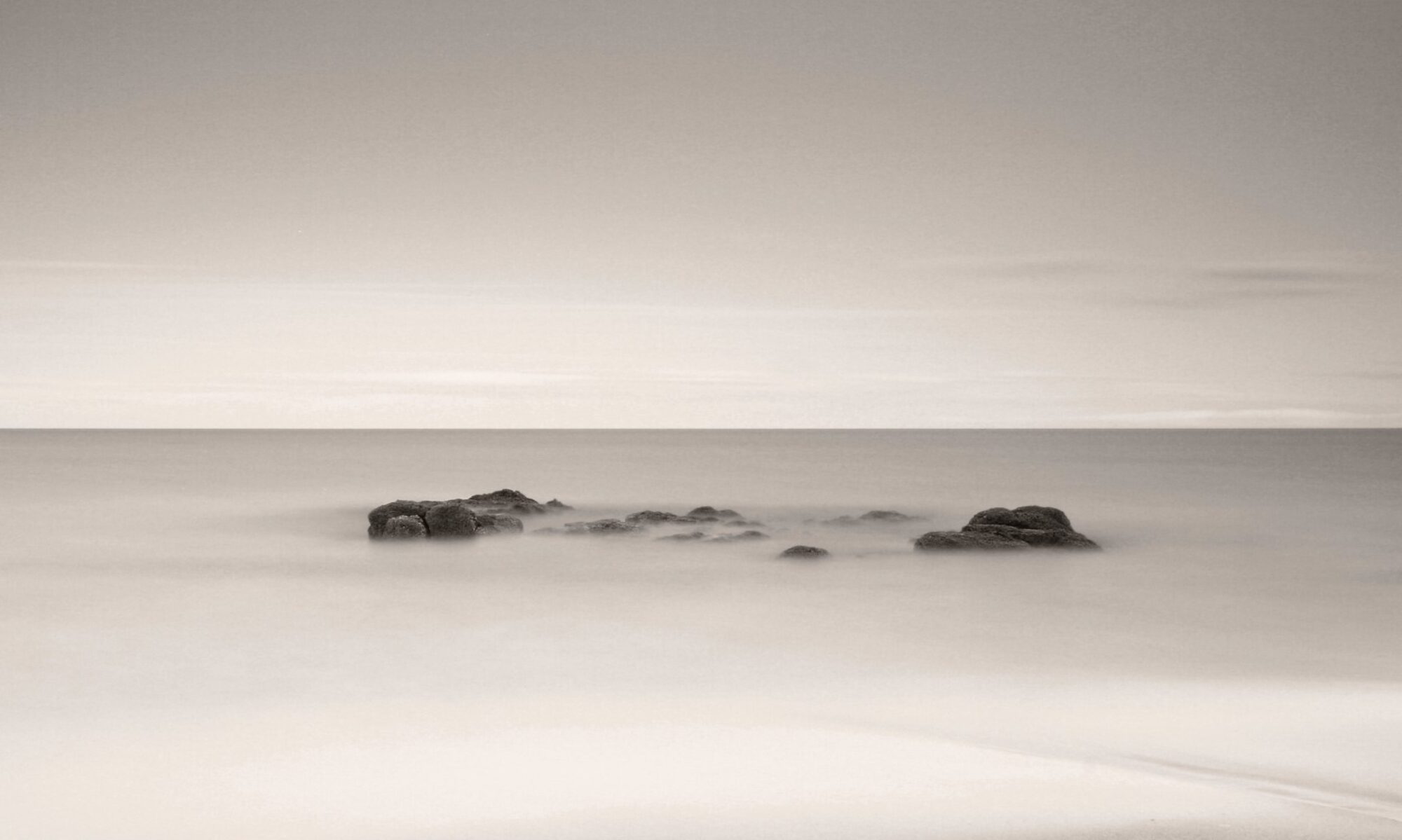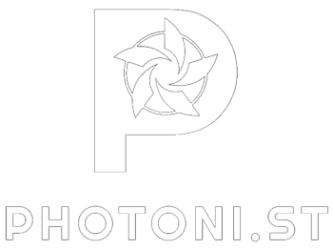I often see people looking at photographs and talking about their composition, colours, and message like they’re paintings. It seems expected that great photos have been thought through, planned, and perfectly executed, as if made in a studio. But does it make sense?

I can only talk about some genres of photography. I can’t talk about studio photography because I don’t do it, and I don’t know much about some other styles. I’ll base this note on my experience, and as usual, you may disagree or have a different perception.
Paintings traditionally took months to create. A huge amount of time was spent experimenting, sketching, then building the image. As everything was controlled because the representation was entirely artificial, the painter could spend as much time as they wanted getting things exactly right (within the limits of the job if it was a commission, of course). As a result, you can analyse every single detail ad infinitum because nothing in the painting wasn’t put there on purpose.
When you take landscape photos, you do a certain amount of planning: you go to a location, sometimes several times, you make notes of the light and features of the environment, and you have as a result a model of the location in your head that you can use to plan your photo. For me, the goal is usually as a result of having an image in my head I want to create.
But landscape photography is subject to the elements, to unforeseen events (e.g. people appearing), things changing, seasons, weather. You can plan all you want, you can’t always get what you’re aiming for perfectly.
For example, it took me several visits to the spot where I took the photo at the top to obtain nearly exactly what I had in my head. And even then, not everything was perfect: there was a pipe that appeared in a corner that someone installed between two of my visits (presumably for drainage) that forced me to crop; the grass wasn’t exactly right and was making small areas of the photo appear a bit messy; the clouds were close to right, but I would have wanted a line of them reflecting the sunrise light over the whole horizon. I wanted the sunrise light, the stones in the foreground to make the eye start there, the frost for texture, the empty sandy beach, the tiny huts, the line of the water leading the eye into the image and ends in the middle at the top, and the village lights in the background as an endpoint of the journey through the photograph. It wasn’t perfect, but it was probably as close as I’d get it, so that’s the final product.
Another view (below) nearby and taken just before the other was less successful. The expanse of the sea in the top third acts as a blocker to the eye, the leading lines aren’t as well directed because the path was turning left, and the fence posts on the right unbalance the image too much. I still like it, but it wasn’t exactly what I had in mind.

And landscape photography is probably, with studio photography, the genre that lends itself the most to a high degree of planning. Other genres are much more dependent on uncontrollable aspects of the environment.
For example, I remember seeing someone analysing a fairly famous street photo in terms of Fibonacci series, quadrants, compositional lines, when that photo was obviously taken in the moment, as a take it before it disappears instant. That’s the nature of street photography. I don’t believe for a second that there was as much planning in the taking of that photo as there was in looking at it.

Of course, some of the planning takes place because the rules of photography have been internalised by the photographer, practice made spotting and anticipating better than for the average person (think Cartier-Bresson), and as a result the photographer instinctively knows what to take in a fraction of a second, allowing them to capture something that only existed for an instant, but resulting in something that appears planned.
That doesn’t mean that everything in the photo was planned and executed according to a pre-existing idea. The overall feel and shape of the scene might have been the result of the photographer seeing things in their mind’s eye, it doesn’t mean that every part of it, every detail, was intended.
Pushing the analysis too far also creates a disconnect between the intent of the image and its effect: if you lend to the photographer more intent, more planning, more purpose than actually existed at the time, you create a photograph in your head that isn’t the photograph in front of you. You denature the object.
I like to think that photos have a life and an origin of their own. Yes, a photographer had to be there to create them, but part of it is just random events and reactions in the universe. Photos are and should be imperfect. And that imperfection tells a story (at least to the photographer). A photo doesn’t need to justify its every detail, its structure, its formal intent, to exist and be interesting or pleasing.
#Photography #Opinion #Theory #PhotographyTheory

